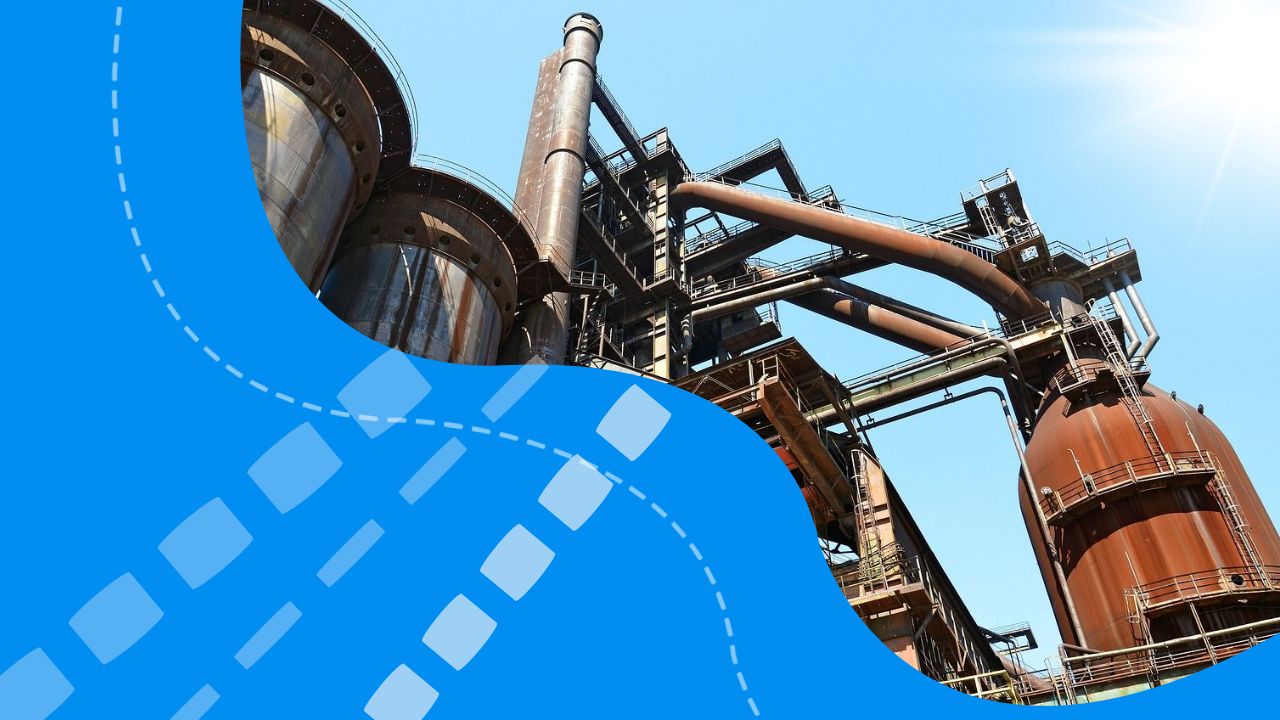One of Europe’s deepest mines is being transformed into an underground energy store. It will use gravity to retain excess power when it is needed.
The remote Finnish community of Pyhäjärvi is 450 kilometres north of Helsinki. Its more than 1,400-metre-deep zinc and copper Pyhäsalmi mine was decommissioned but is now being given a new lease of life by Scotland-based company Gravitricity.
The firm has developed an energy storage system that raises and lowers weights, offering what it says are “some of the best characteristics of lithium-ion batteries and pumped hydro storage”.
How does the gravity battery work?
When there is excess power – from wind turbines on a windy day for example – weights would be winched up the Pyhäsalmi mine’s 530-metre auxiliary shaft. To generate energy these weights can be released. This turns the winches into generators, creating either a short burst of electricity or a slower trickle depending on what is needed.
The gravity energy system would be able to store 2MW of power and integrate it into the local energy grid.
A study published by a team of international researchers last month found that gravity batteries in decommissioned mines could offer a cost-effective, long-term solution for storing energy as the world transitions to renewable power.
Scientists from the International Institute for Applied Systems Analysis (IIASA) found that the world’s abandoned mine shafts could store up to 70TWh of power – roughly the equivalent of global daily electricity consumption.
Bringing ‘low carbon’ jobs to a mining community
The local community in Pyhäjärvi has set up a development company to promote regeneration at the old mine. It has just signed an agreement with Gravitricity to transform the old mine shaft into the first full-scale prototype of the company’s technology.
They “anticipate this could become Europe’s first Gravistore deployment”, according to the company.
“This project will demonstrate at full scale how our technology can offer reliable long-life energy storage that can capture and store energy during periods of low demand and release it rapidly when required,” Gravitricity’s executive chairman Martin Wright said.
“This full-scale project will provide a pathway to other commercial projects and allow our solution to be embedded into mine decommissioning activities, offering a potential future for mines approaching the end of their original service life.”
Wright also adds that the project will hopefully provide “low carbon jobs” in an area suffering significantly from the end of mining operations.
The mine was opened in 1962, extracting more than 60 million tonnes of ore over its lifetime. Once a major employer in the region, it closed in August 2022 leaving many unemployed.
The gravity battery is one of several community-driven projects at the mine aimed at breathing new life into the area. It includes a solar farm, tech startups and an underground 5G network.

